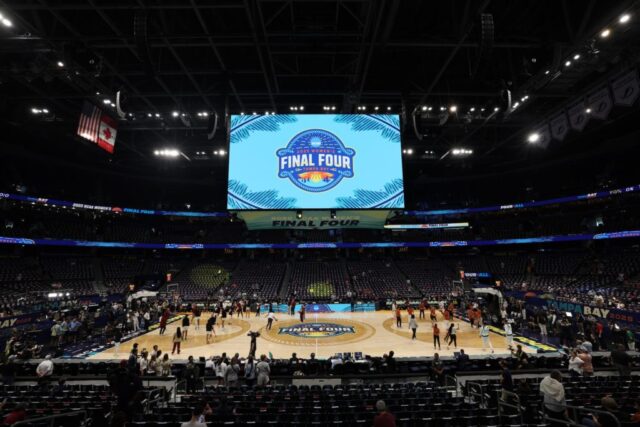Jesse Dougherty, The Washington Post:
Yes, the reasons for it are really twofold.
On one side, there’s the transfer portal piece, and then very, very interconnected, there’s name, image, and likeness money, which we more colloquially refer to as NIL. So about three, four years ago, the NCAA started to loosen transfer rules. At the same time, they allowed athletes to start monetizing their name, image, and likeness, effectively get paid, whether by brands or boosters.
And what happened is that basically, annually, athletes started switching schools, because now the NCAA have far fewer restrictions on needing to sit out or needing to sort of spend time away from the game when you did switch programs, and, at the same time, being able to make that NIL money, programs started bidding on these players, sort of like free agents in professional sports.
So that’s all culminated in an era of extreme player movement, which has affected both the men’s and women’s brackets. On the men’s side, for example, more than half the players in this year’s 68-team tournament field had played for a previous D1 team before this season. And it’s just an astounding number.
So, really, I mean, for the fans, it’s just — it’s hard to follow the arc of players and teams like you maybe once did because players are so often switching schools, going somewhere else, finding more playing time, finding a better fit, making more money in a lot of cases.
And it’s just — it’s created a sort of transactional nature of the sport.
















































